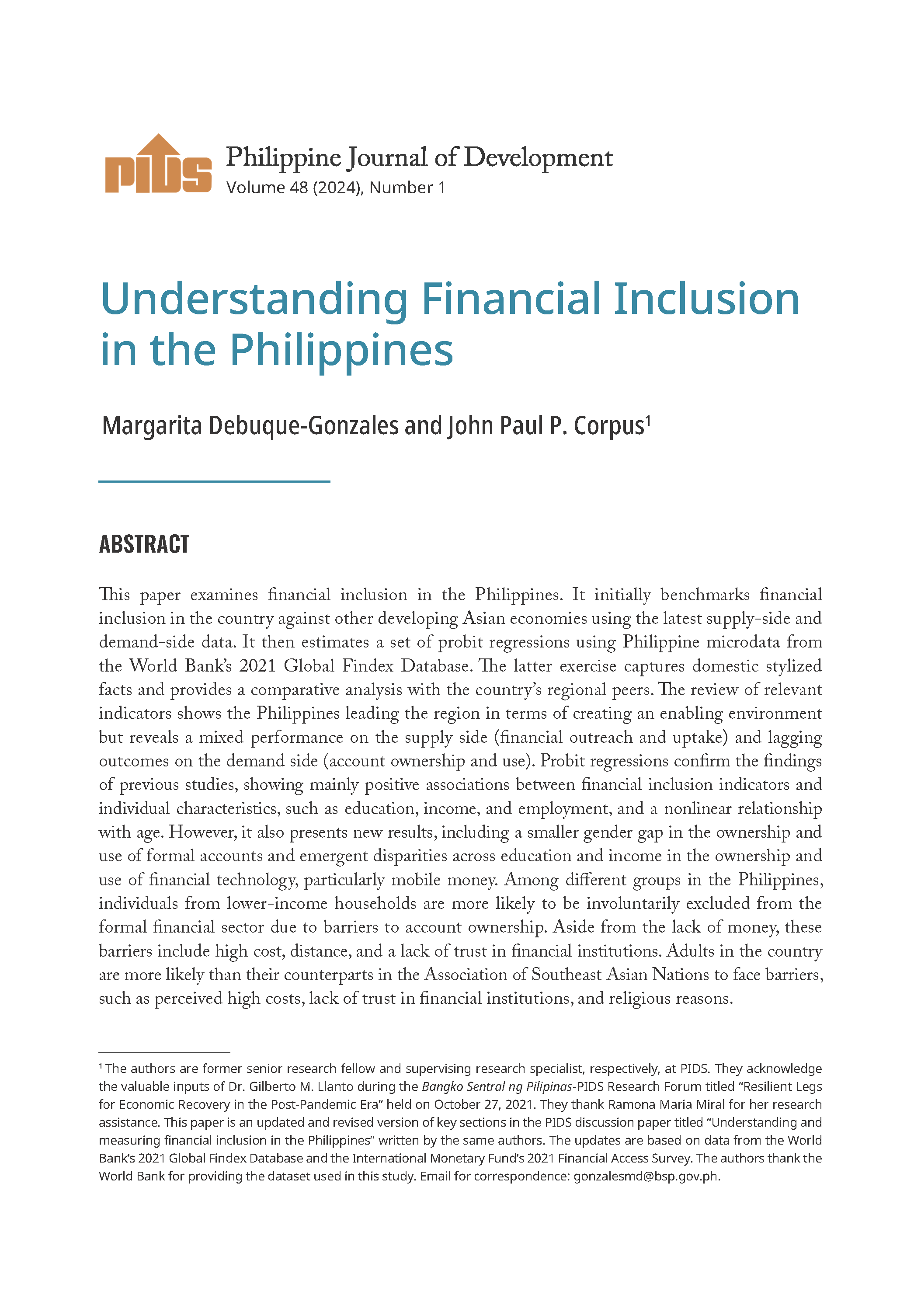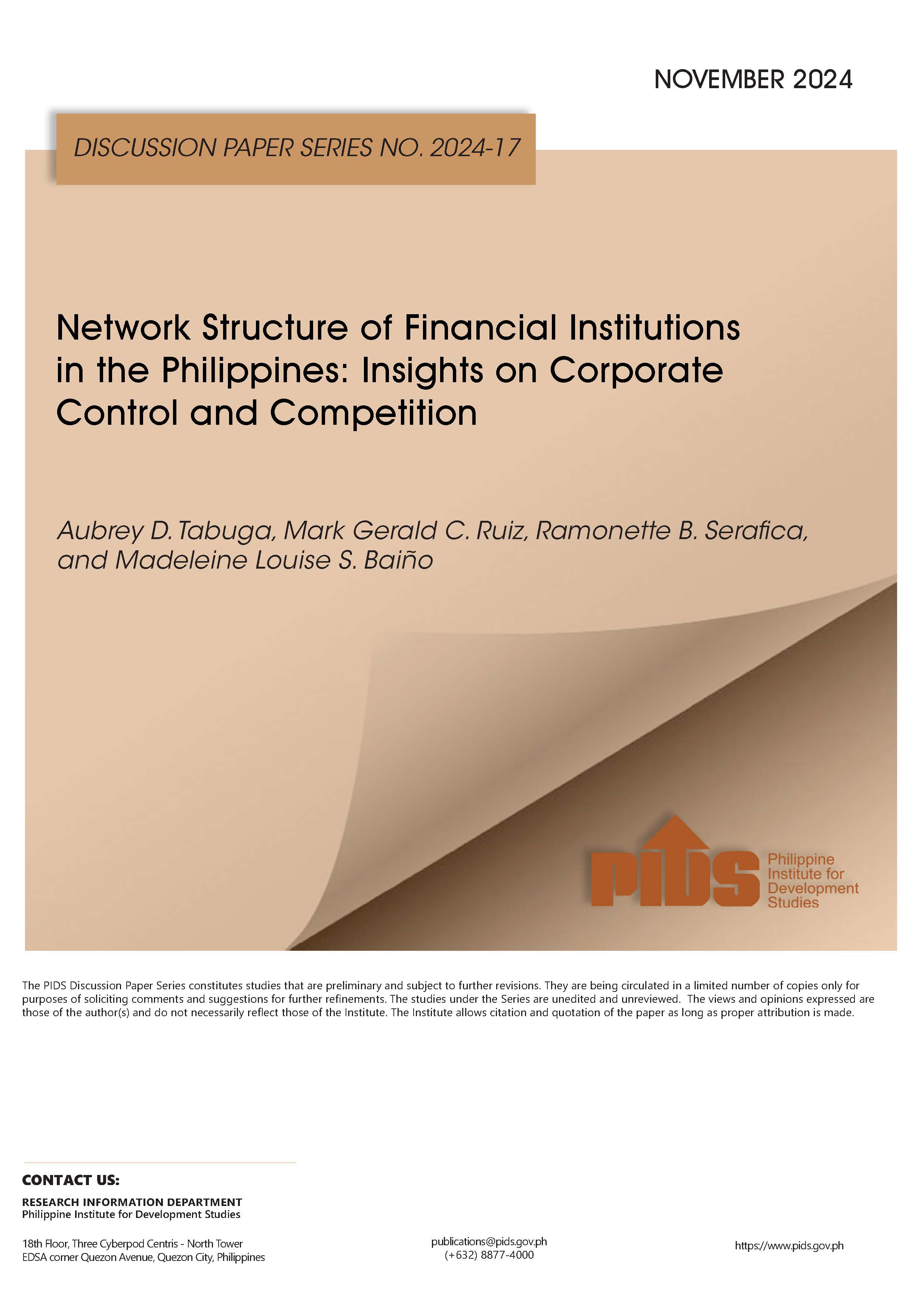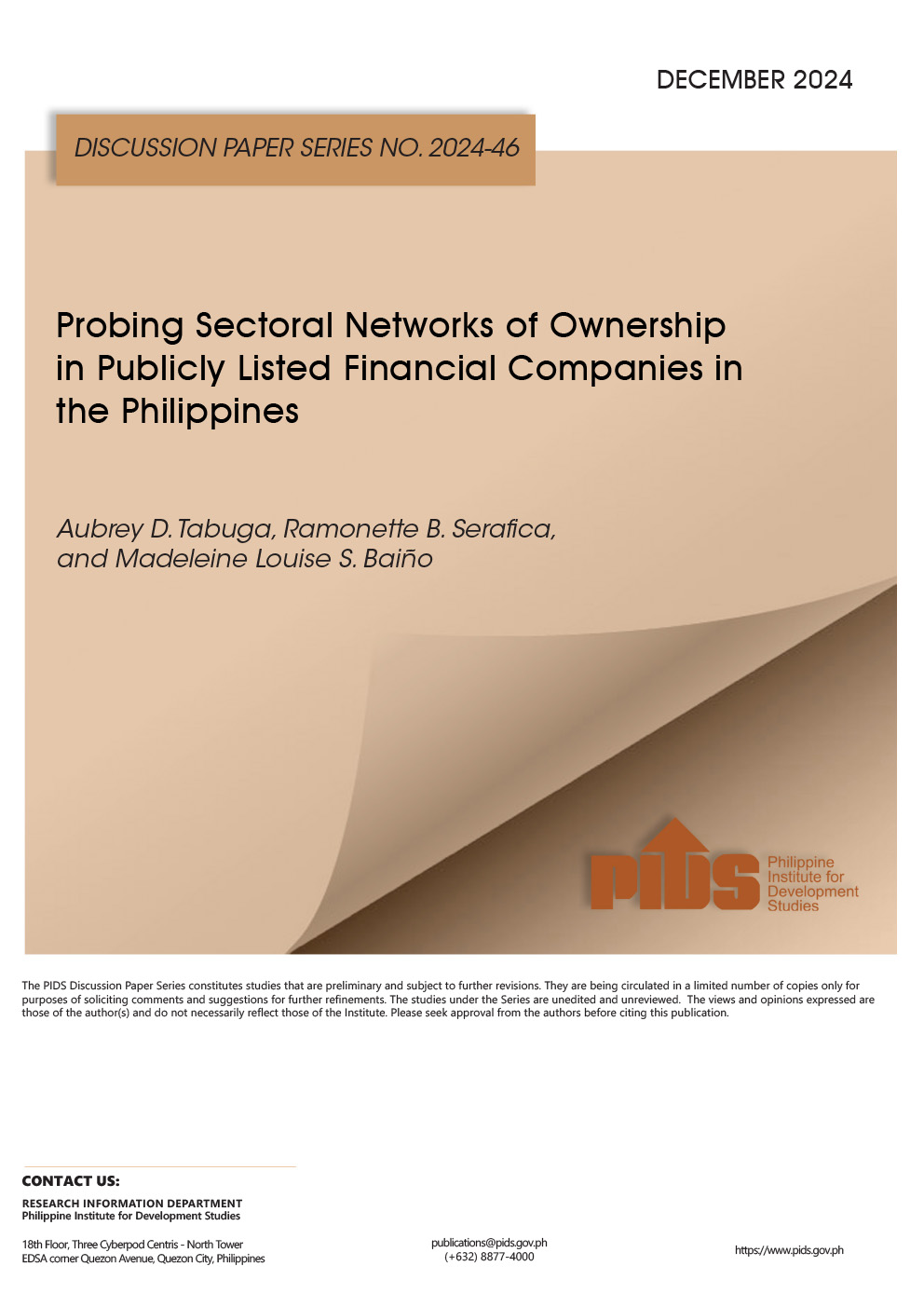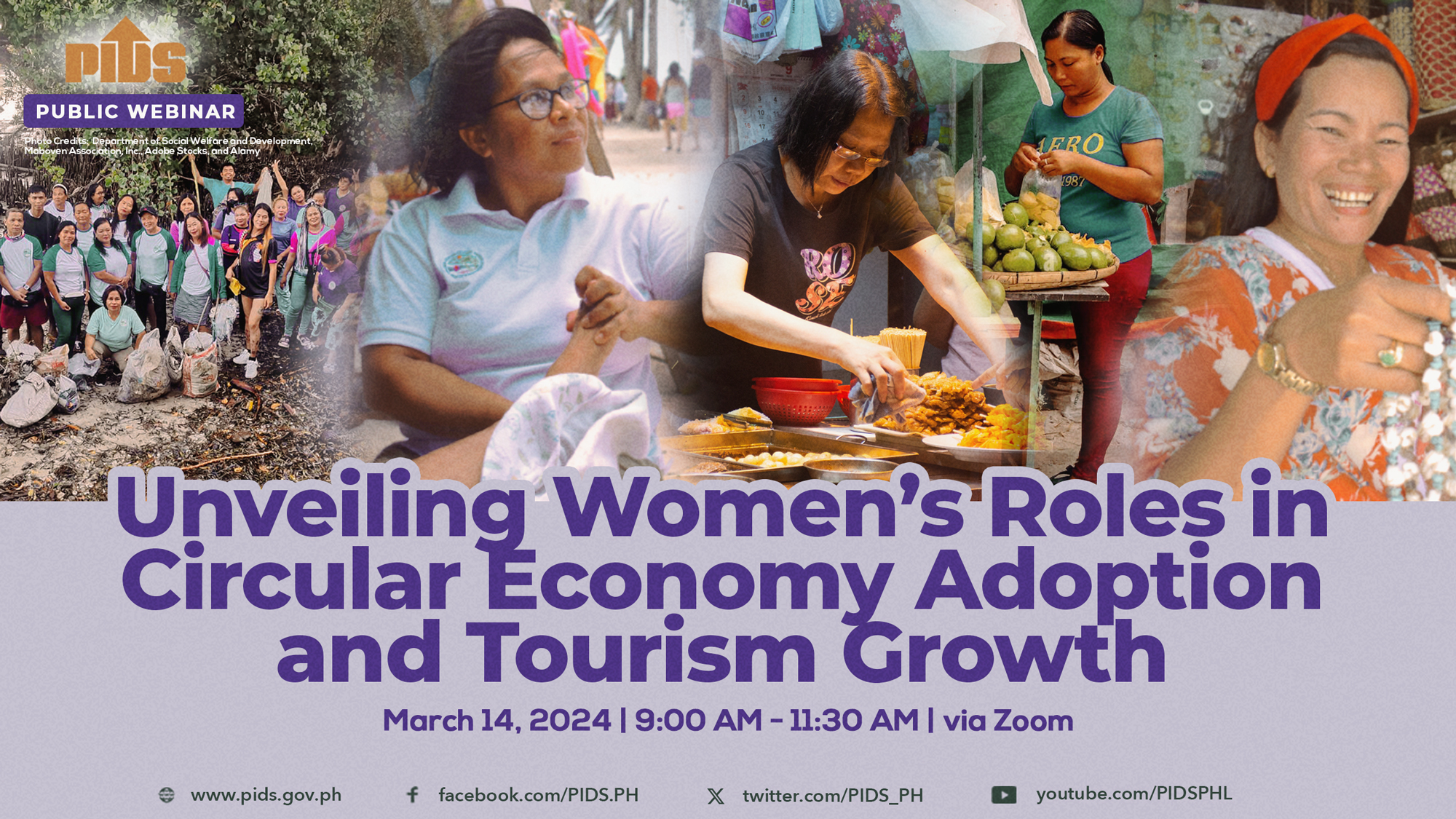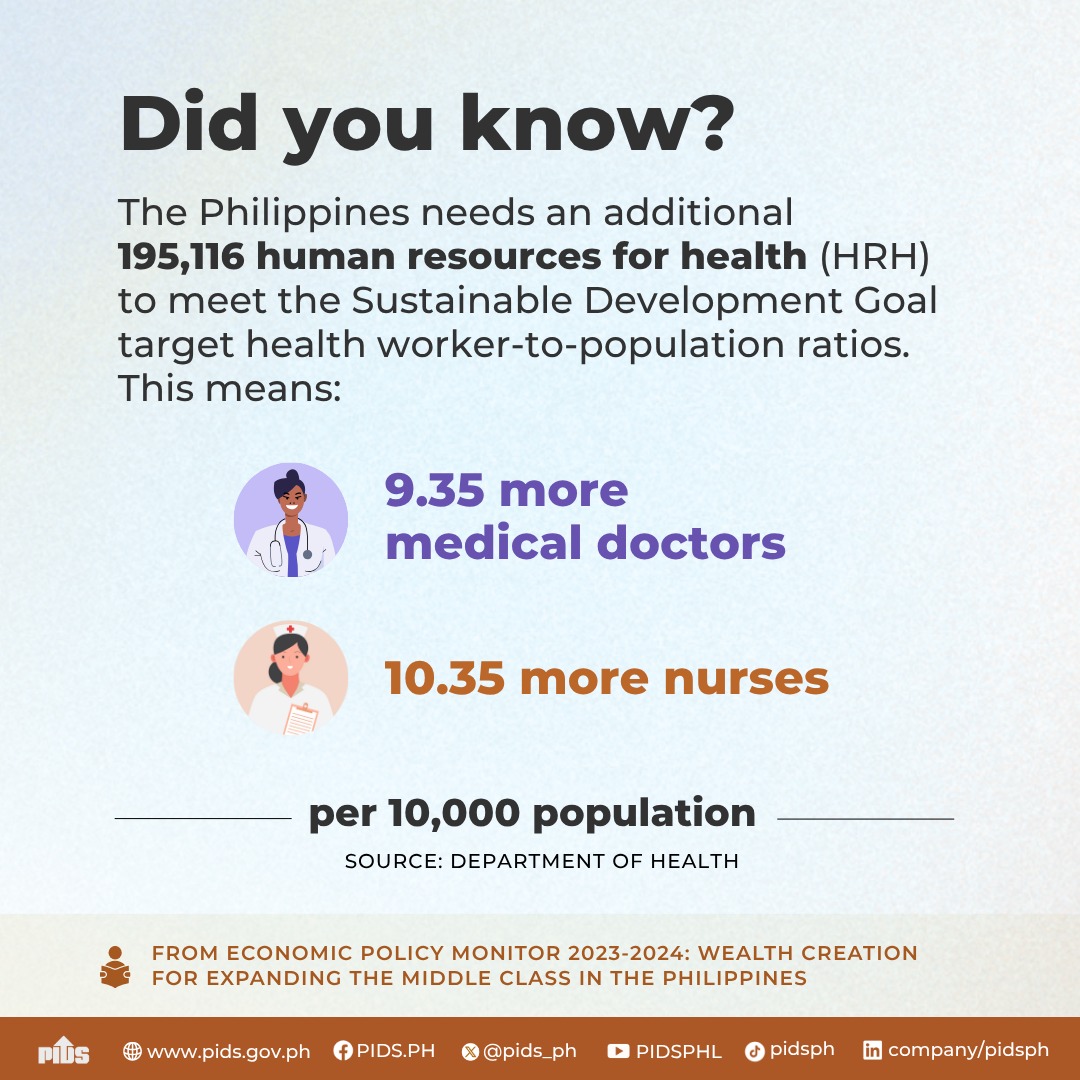MANILA, Philippines — Money sent home by overseas Filipino workers (OFWs) reached its lowest level in nine months in February, reflecting a post-holiday slowdown and external headwinds, according to the Bangko Sentral ng Pilipinas.
BSP data showed personal remittances went up by just 2.6 percent to $3.02 billion in February from $2.95 billion a year earlier. Despite the annual increase, this marked the lowest monthly inflow since the $2.88 billion recorded in May 2024.
The February growth pace was slightly slower than the 2.9-percent expansion in January and lagged behind the three-percent rise seen in the same month last year.
Personal remittances – which include the net compensation of employees, personal transfers and capital transfers between households – rose by 2.7 percent to $6.27 billion in the first two months of 2025 from $6.1 billion in the same period in 2024.
Of the total, cash remittances coursed through banks also increased by 2.7 percent to $2.72 billion in February from $2.65 billion last year. This was also the lowest since the $2.58 billion recorded in May 2024.
From January to February, the BSP reported a 2.7-percent rise in cash remittances to $5.63 billion compared to $5.48 billion in the same period in 2024.
Philippine Institute for Development Studies senior research fellow John Paolo Rivera said the modest remittance growth reflects seasonal factors as well as external pressures.
“The modest remittance growth reflects a mix of seasonal normalization after the holiday surge and the impact of forex dynamics, which may have affected remittance behavior,” he said.
“Slower global growth and labor market adjustments in key host economies might have also tempered remittance flows,” Rivera said.
Michael Ricafort, chief economist at Rizal Commercial Banking Corp., said the continued single-digit growth in remittances is still a good signal for the overall Philippine economy as an important growth driver.
Ricafort said consumer spending accounts for nearly 75 percent of the country’s economy.
According to Ricafort, the protectionist policies of US President Donald Trump, including stricter immigration rules, could weigh on some OFW remittances especially from the United States.
According to the BSP, the rise in cash remittances from January to February came mainly from the US, Saudi Arabia, Singapore and the United Arab Emirates.
The US posted the highest share with 40.9 percent, followed by Singapore with 7.6 percent, Saudi Arabia with six percent, Japan with 5.2 percent, United Kingdom with 4.8 percent, UAE with four percent and Canada with 3.2 percent.
“Trump’s threats of higher tariffs and other America-first policies could also slow down global trade, investments, employment including some OFW jobs and overall economic growth. It could also indirectly slow down the growth in OFW remittances from other countries around the world,” Ricafort said.
Looking ahead, Rivera said remittance inflows are expected to stay resilient, backed by stable overseas employment and sustained demand for Filipino workers abroad.
“However, geopolitical risks, currency volatility and potential slowdowns in advanced economies may keep growth moderate in the coming months,” Rivera said.
The BSP expects personal and cash remittances to grow by 2.8 percent in 2025.

